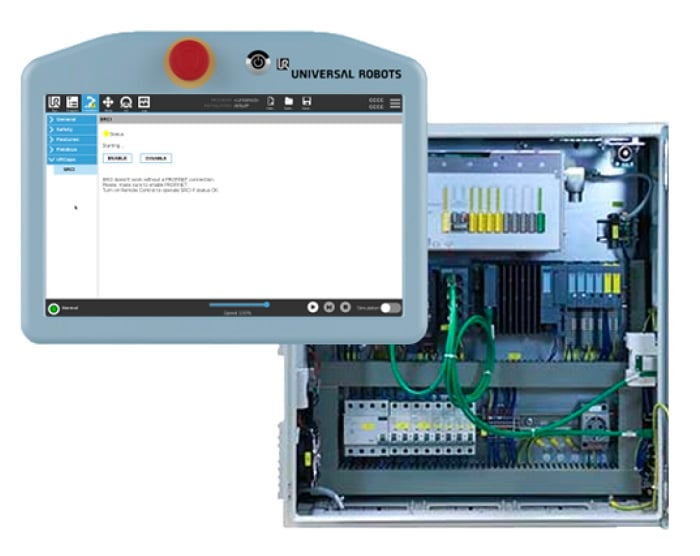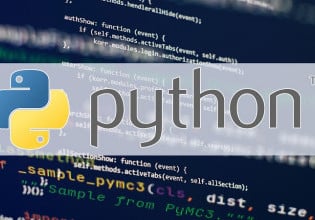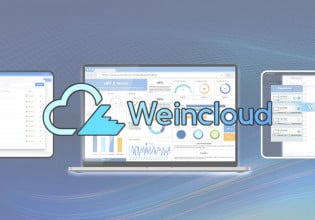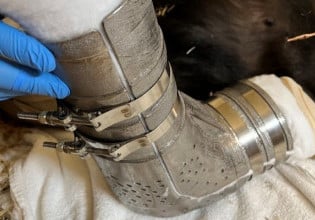Seamless PLC-to-Robot Integration With Universal Robots and Siemens
Universal Robots is the first cobot manufacturer to adopt the Siemens SRCI system to provide seamless cobot-to-PLC integration.
Universal Robots (UR), a leading collaborative robot manufacturer, recently announced the seamless integration of communications between a cobot and a Siemens S7 PLC. The new change will ensure that UR cobots are able to operate using Siemens’ Standard Robot Command Interface (SRCI), making UR the first cobot manufacturer to produce PLC-capable collaborative robots.

Universal Robots cobots can be programmed seamlessly with a Siemens PLC. Image used courtesy of UR
SRCI has been designed as a recent standard for robotic manufacturers that works as a single seamless interface between robotic control systems and PLC control systems. Siemens is currently the only PLC manufacturer to offer seamless SRCI integration with robots or cobots. Users will benefit from greater connectivity capabilities for UR cobots and easy integration of Siemens’ PLCs into plant processes.
Simplifying Robotic Automation
Universal Robots strives to make robotic capability available to anyone, anywhere and this latest collaboration with Siemens promises to expand the ease of use for their cobot systems. The partnership allows UR to offer both current and new customers the ability to experience easier integration and a higher standard when it comes to system ease of use.
Although it has long been possible to connect a PLC to a robot with Ethernet or fieldbus protocols, SRCI improves the workflow by standardizing key definitions between the robot and PLC programming languages, facilitating easier programming by reducing language complexity. Not only does it allow users faster setup and simplified deployment, but SRCI ensures easy integration of UR cobots in plants already utilizing a Siemens PLC ecosystem.
The use of a standardized SRCI streamlines robot programming directly within the PLC programming environment, removing the need for end users to have vendor-specific robot expertise on location.
Key Features of UR’s SRCI Integration
The SRCI operates as an open standard between a client and a server. In this case, the client is a Siemens PLC, and the server is a UR collaborative robot, creating an open interface between the two systems. The cobots can be programmed from the PLC since the SRCI functions add an additional layer to the PROFINET protocol.
SRCI for e-Series, UR20/UR30 removes the need for distinct libraries from individual robot manufacturers, creating programming uniformity across different brands. Employing SRCI between the PLC and the robot streamlines the integration of robot programs into overall PLC automation, helping to decrease programming time and minimize errors. The latest fully developed version offers limited functionality and comprises 20 core profile functions. A more comprehensive release that features 29 core profile functions is scheduled for release in the upcoming months.

The Siemens SRCI eliminates unique robot programming libraries and uses standard PLC logic for programming. Image used courtesy of UR
The SRCI tool was initially designed with the intent of facilitating combinations between robotic systems and PLC lineups. With the use of the Totally Integrated Automation (TIA) Portal, users can enjoy unrestricted access to a comprehensive suite of digitized automation services, spanning from digital planning and integrated engineering to transparent operation.
Cost Savings With Integrated Tools
Using SRCI can lead to cost savings in engineering because users gain from having a unified engineering environment for both machines and robots. In addition, users gain access to the consistent operation of robots regardless of the manufacturer since the robots can be programmed through the Siemens PLC interface.






